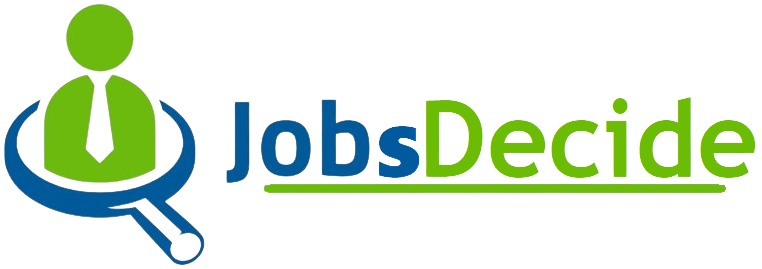
Software engineering mcqs, introduction to software engineering mcqs set 1. Software engineering (SE) is the branch of computer science which deals with the constructions of complex computer software according to end user needs in systematic way. A software engineer analyze the user needs, design the initial plan, construct the required application, test the produced product and then implement the required application at user premises.
This is the first set of software engineering mcqs series. Our aim is to provide all the software engineering mcqs which might possible mcqs for your next job test. We collect the mcqs from different authenticate resources for our reader so they can prepare their exams 100%. In this set of software engineering mcqs we provide the mcqs related to basic software topics such as introduction to software engineering and different software related terms. Any job seeker in software engineering field, lecturer, or educator can follow this mcqs series to pass their jobs test.
Introduction to Software Engineering MCQs Set 1
1. What is Software ?A). Set of computer programs, procedures and possibly is a collection of instructions that enable the user to interact with a computer
B). A set of compiler instructions
C). A mathematical formula
D). Things which we can touch
View Answer
2. A Software consists of ______ .
A). Programs + hardware manuals
B). Set of instructions + operating procedures
C). Set of programs
D). Programs + documentation + operating procedures
View Answer
3. Which of the following is not the characteristic of a software?
A). Software does not wear out
B). Software is not manufactured
C). Software is always correct
D). Software is flexible
View Answer
4. Select the most appropriate statement about software engineering.
A). Has been around as a discipline since the early 50’s
B). Is a set of rules about developing software products
C). Started as a response to the so-called ‘Software Crisis’ of the late 90’s
D). Is an engineering discipline concerned with all the aspects of software production
View Answer
5. _________ is a piece of programming code which performs a well defined task.
A). Computer Program
B). Computer Software
C). Both A & B
D). None of the above
View Answer
6. A system can be defined as:
A). A collection of people, machines, and methods organized to accomplish a set of functions
B).An integrated whole that is composed of diverse, interacting specialized structures and sub-functions
C). A group of subsystems united by some interaction or interdependence performing many duties but functioning as a single unit
D). All of the above
View Answer
7. A person who writes a program for running the hardware of a computer is called?
A). System designer
B). Data processor
C). Programmer
D). System analyst
View Answer
8. The main activity of the design phase of the system life cycle is to?
A). Replace the old system with the new one
B). Develop and test the new system
C). Understand the current system
D). Propose alternatives to the current system
View Answer
9. The advantage of using pre-written software packages is?
A). Eliminates writing program
B). Saves time and cost
C). Eliminates program testing
D). All of the above
View Answer
10. The condition outside a system is called?
A). Interface
B). Boundary
C). Environment
D). All of these
View Answer
11. The item of documentation added to the description of the new system is:
A). Problem overview
B). I/O analysis
C). Control review
D). Feedback
View Answer
12. The main purpose of the system investigation phase is to produce:
A). A requirement report
B). A feasibility report
C). A design report
D). All of these
View Answer
13. The name of programming technique which emphasizes breaking large and complex task into successively smaller sections is:
A). Structured programming
B). Micro-programming
C). Object orienting
D). Scrambling
View Answer
14. System implementation phase involve:
A). Parallel runs
B). Pilot run
C). System checkouts
D). All of these
View Answer
15. A feasibility study is?
A). Considers a single solution
B). Includes a statement of the problem
C). Both (a) and (b)
D). None of these
View Answer
16. At the time of system study, flow of charts are drawn using:
A). General symbols
B). Abbreviated symbols
C). Specific symbols
D). Non standard symbols
View Answer
17. A graphic representation of an information system is called?
A). Data flow diagram
B). Pictogram
C). Flowchart
D). All of these
View Answer
18. The systems which can preserve and reproduce the knowledge of experts but have a limited application focus is:
A). Applications
B). Expert system
C). Benefits and limitations
D). knowledge base
View Answer
19. Top-down software design scheme is:
A). Is the process of designing a program by first identifying its modules
B). Decomposes major components into lower level components
C). Both (a) and (b)
D). None of these
View Answer
20. A system analyst does not need to consider:
A). Technical feasibility
B). Economics feasibility
C). Operational feasibility
D). None of these
View Answer


![whatsapp groups list Pakistan 2020 [330]](https://blogger.googleusercontent.com/img/b/R29vZ2xl/AVvXsEjBndaA70CJ-VFZ4WRUBxND3UM_sIdQF3WTQFSuW5GWzp3pHVzLw8iwO2TP_4l8j3iGiW9u3mhyUl_lr3z_gv2IWD-Pur8xuhwx8Cz2rud7DnjDwzY51JbkCewgJj-PXGHUhRp0pD7JNXI/w680/whatsappgroupinvite.com+330.png)



![whatsapp groups india 2020 [320]](https://blogger.googleusercontent.com/img/b/R29vZ2xl/AVvXsEgKujnPYamgR9zxxRnF0L5kaDEs8EK8DVLz0a5Ivl9MYhegbD7pVf0YBbkHtdGtOU4hcKPJIRf7dVxIrQpazpZG3aqtyqdAj3DxsNPID7wEmK4ZZf-sRXOPvRgw2D7-rwFENxoLA5pp1Pk/w680/whatsappgroupinvite.com+320.png)
